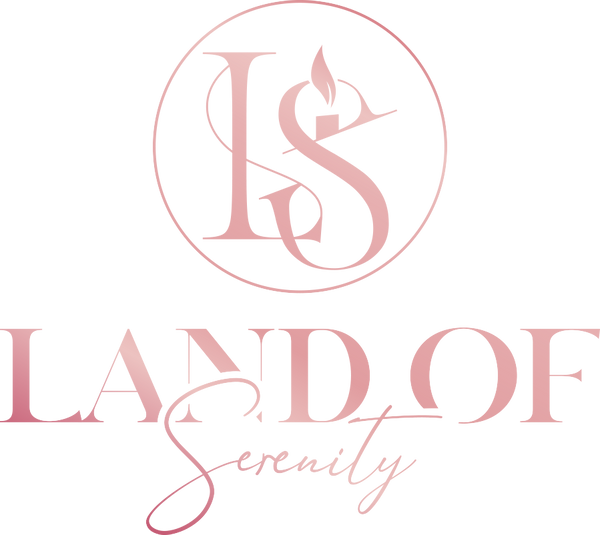Freedom is a potent, multifaceted concept. It can feel like the open sky or weigh heavy with responsibility. In this blog, we’ll explore freedom through ten distinct lenses—philosophical, emotional, creative, relational, and more. Along the way, we’ll weave in subtle nods to resources from Land of Serenity, like the helpful Positivity Journal, to support readers in their personal journey.
1. Philosophical Freedom
From Aristotle to Sartre, philosophers have debated whether true freedom exists. Are we free if our choices are shaped by society, biology or past experiences? Stoics argue that freedom means rising above external circumstances, while existentialists suggest it lies in embracing life’s uncertainty and personal responsibility.
2. Emotional Freedom
Emotionally, freedom can mean breaking free from past trauma and self-imposed limitations. Journaling can be transformative here: a tool such as an Anxiety Journal supports the process of identifying triggers and reframing thoughts. When we free ourselves from negative patterns, we claim emotional autonomy.
3. Creative Freedom
Artists, writers and musicians often speak of freedom as the spark of originality. When you let go of self-doubt and comparison, your creativity flows freely. For those seeking inspiration, the Music Journal from Land of Serenity encourages reflection on the songs that move you—and helps unlock your own creative expression.
4. Spiritual Freedom
In many spiritual traditions, freedom is about releasing attachment—and experiencing wholeness. Meditation, prayer, or simply mindful breathing can offer a taste of this liberation. Whether guided by faith or self-awareness, spiritual freedom is learning to live rooted rather than restless.
5. Freedom in Relationships
Freedom in relationships doesn’t mean independence—it’s being able to be yourself while being together. It’s the space to express feelings and pursue personal growth, while maintaining connection. Healthy partnerships require boundaries, trust, and freedom to evolve—without fear or constraint.
6. Freedom & Responsibility
Friedrich Nietzsche said, “Freedom is the will to be responsible to ourselves.” True freedom comes with accountability. Owning your choices, actions and consequences is an empowering form of liberation. Journals like the Manifestation Journal can help clarify intentions—paired with the responsibility to follow through.
7. Social & Political Freedom
From universal human rights to everyday civil interactions, social freedom matters deeply. It’s the ability to speak your mind, vote, worship, and access opportunities without coercion. Reflecting on systemic barriers reminds us to cherish and advocate for collective freedom.
8. Freedom Through Adversity
Paradoxically, constraints can catalyse creativity and resilience. Viktor Frankl wrote about finding meaning even in imprisonment. When life feels limiting—whether through deadlines, illness or heartbreak—we can discover hidden reserves of strength. The Breakup Journal offers structured prompts to reclaim self-worth and reclaim freedom after relationship loss.
9. Freedom & Joy
Joy is often freedom’s tease. A child's laughter, dancing in the rain, singing in the shower—they’re simple acts of self-liberation. When you let go, you tap into visceral joy. Use a Positivity Journal to record those fleeting happy moments—they build the habit of noticing freedom in everyday life.
10. Inner Freedom
At its most profound level, freedom is inner peace. It’s no longer about external liberation, but about letting go of inner turmoil. It’s that sense of clarity, acceptance, and calm within. You might name it serenity—something Land of Serenity believes deeply in. Whether you lean on mindful prompts, creative reflection, or daily gratitude, inner freedom becomes the ultimate destination.
Integrating Perspectives
These ten perspectives show freedom is not a single state—but a journey across mind, heart, body, spirit, society and circumstance. No one perspective is complete without the others. For instance:
-
Emotional freedom grows with inner freedom.
-
Creative freedom thrives when responsibility is honoured.
-
Social freedom invites spiritual reflection and vice versa.
Journaling can be a powerful connector. Whether exploring your emotions in an Anxiety Journal, manifesting dreams with the Manifestation Journal, or cultivating daily gratitude with the Positivity Journal—each tool supports a unique facet of freedom.
Practising Freedom Daily
-
Morning reflection: Use a journal to set intentions: “Where will I choose freedom today?”
-
Midday pause: Breathe deeply. Ask: “Am I acting out of habit—or choice?” Adjust accordingly.
-
Evening gratitude: Note moments you felt free—whether expressing yourself or letting go.
Over time, such habits foster an orientation toward freedom—more felt than chased.
Final Thoughts
Freedom isn’t just one big idea—it lives in our thoughts, stories, interactions and beliefs. As you explore your own journey across these ten perspectives, consider dipping into one or two journals from Land of Serenity. Tools like the Anxiety Journal, Positivity Journal, Music Journal, Manifestation Journal—even the Breakup Journal—all provide gentle guidance without overwhelming your exploration.
May your path to freedom be rich and layered, just as life itself is.

